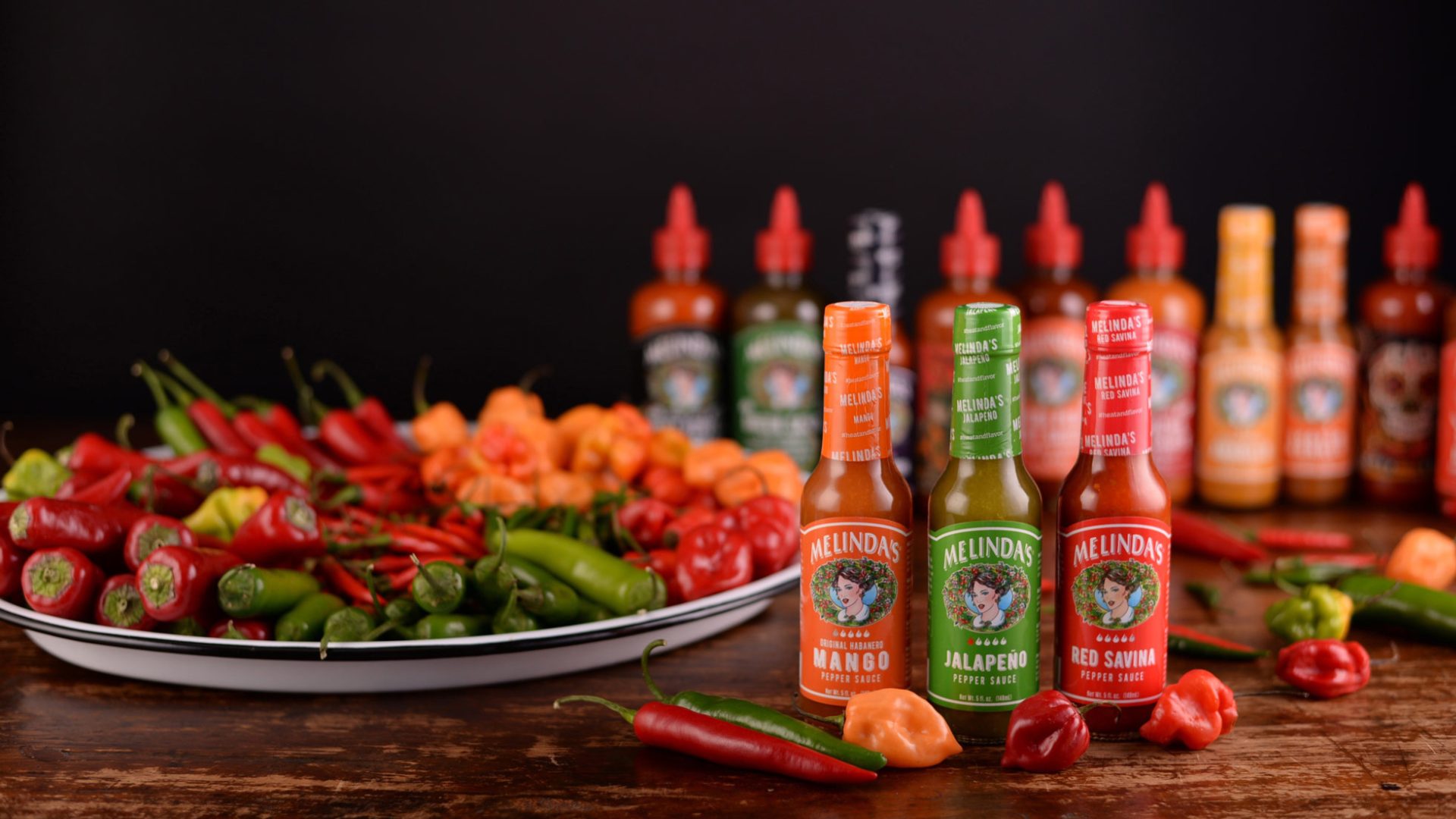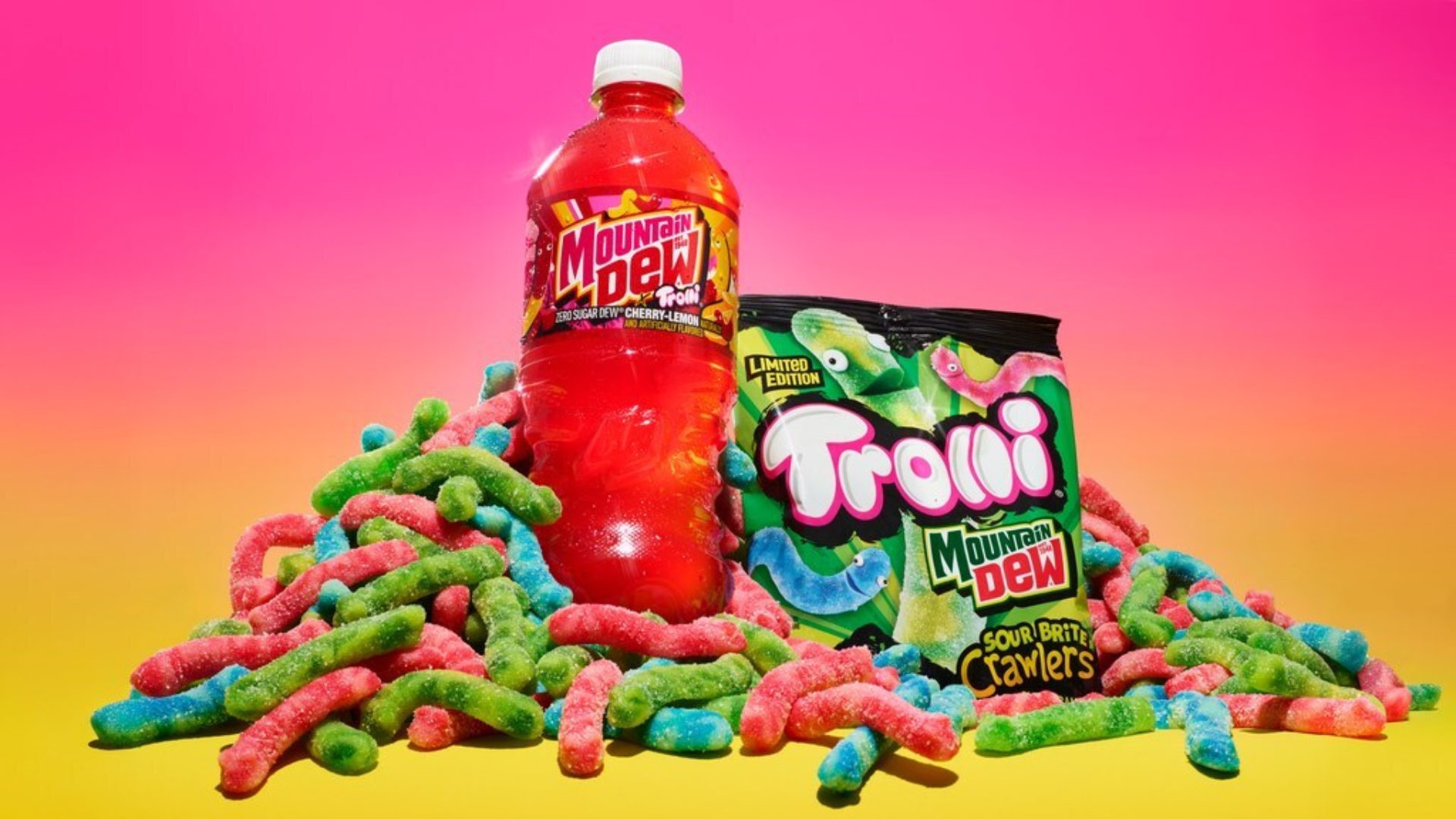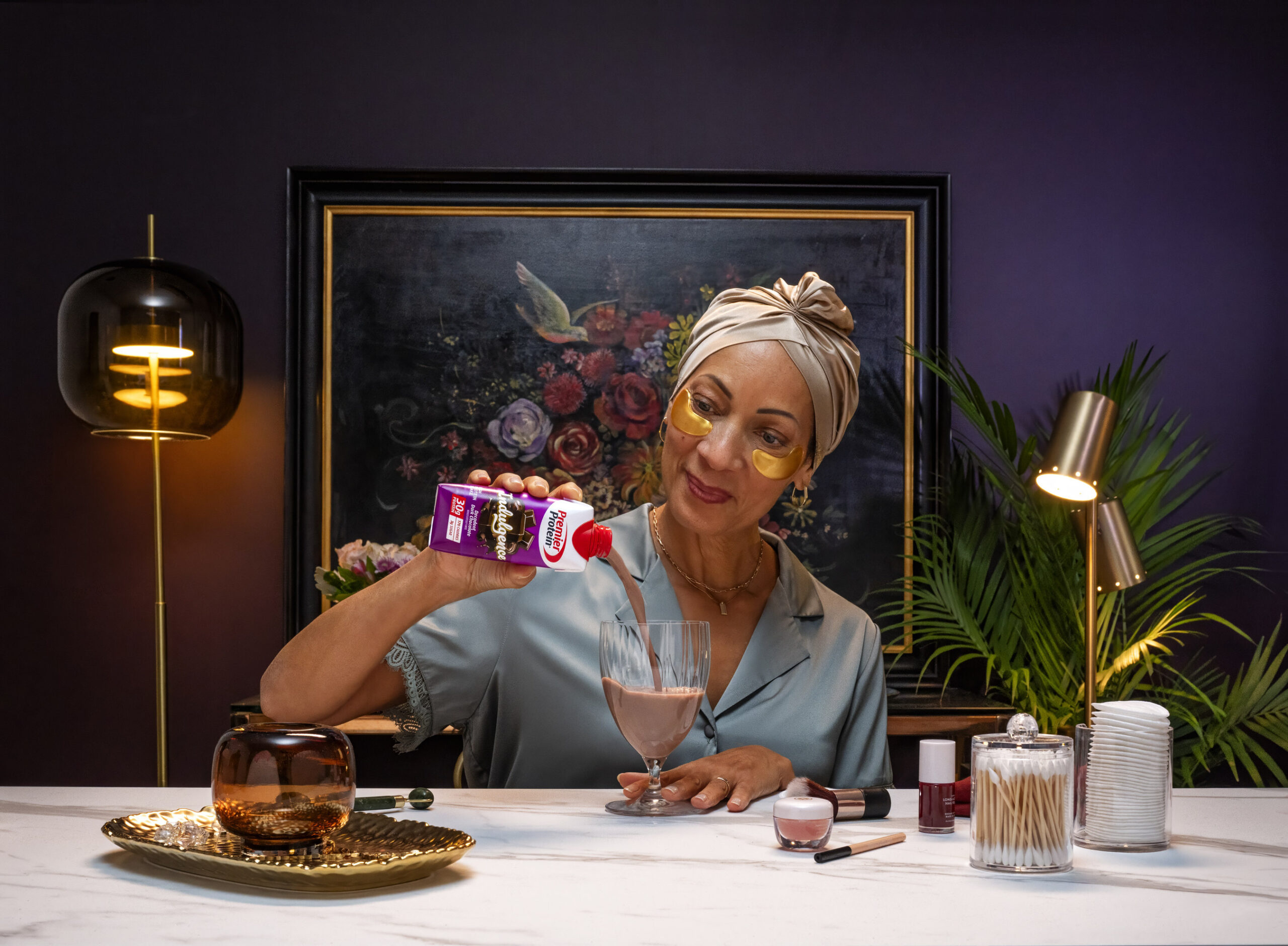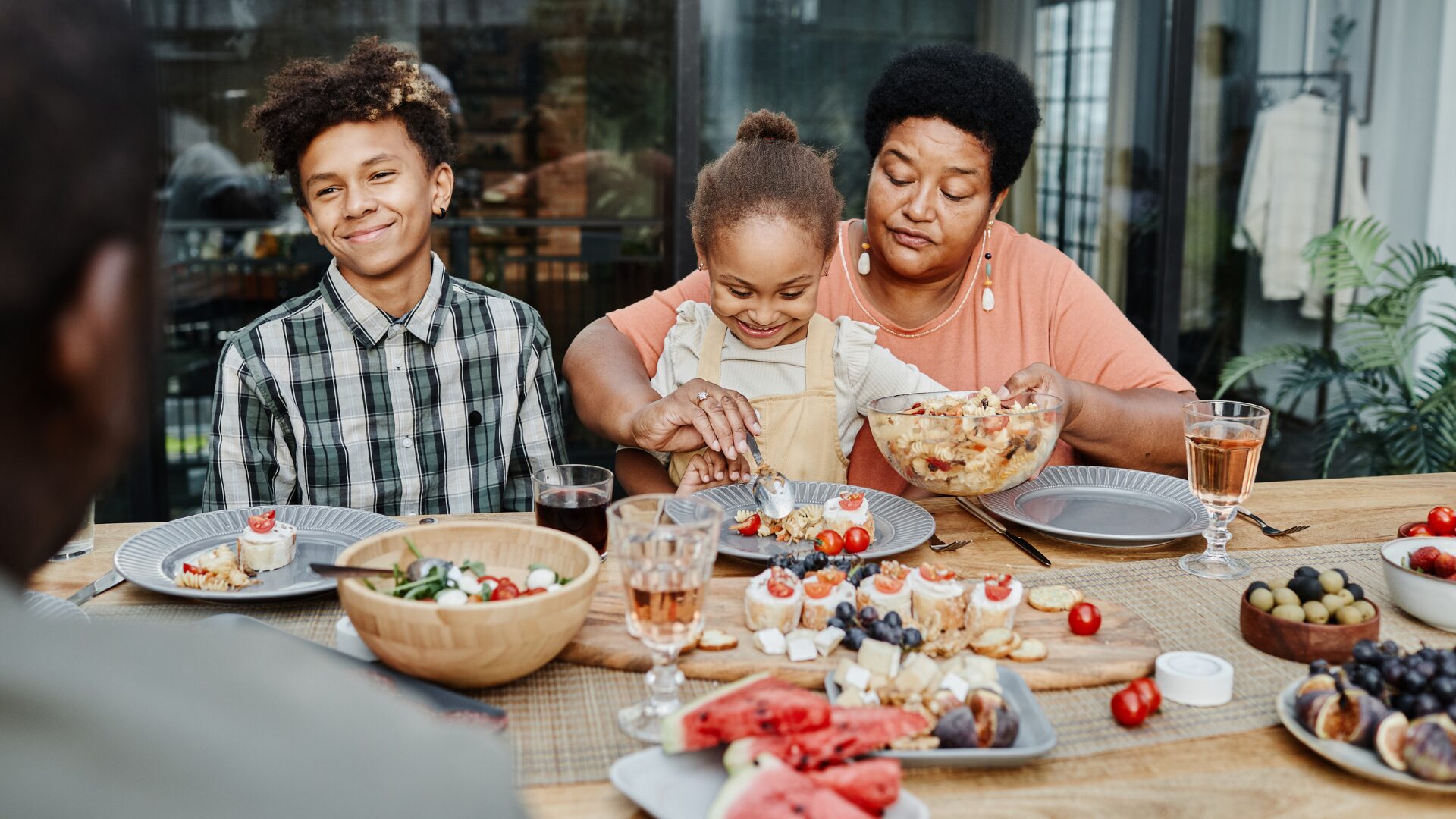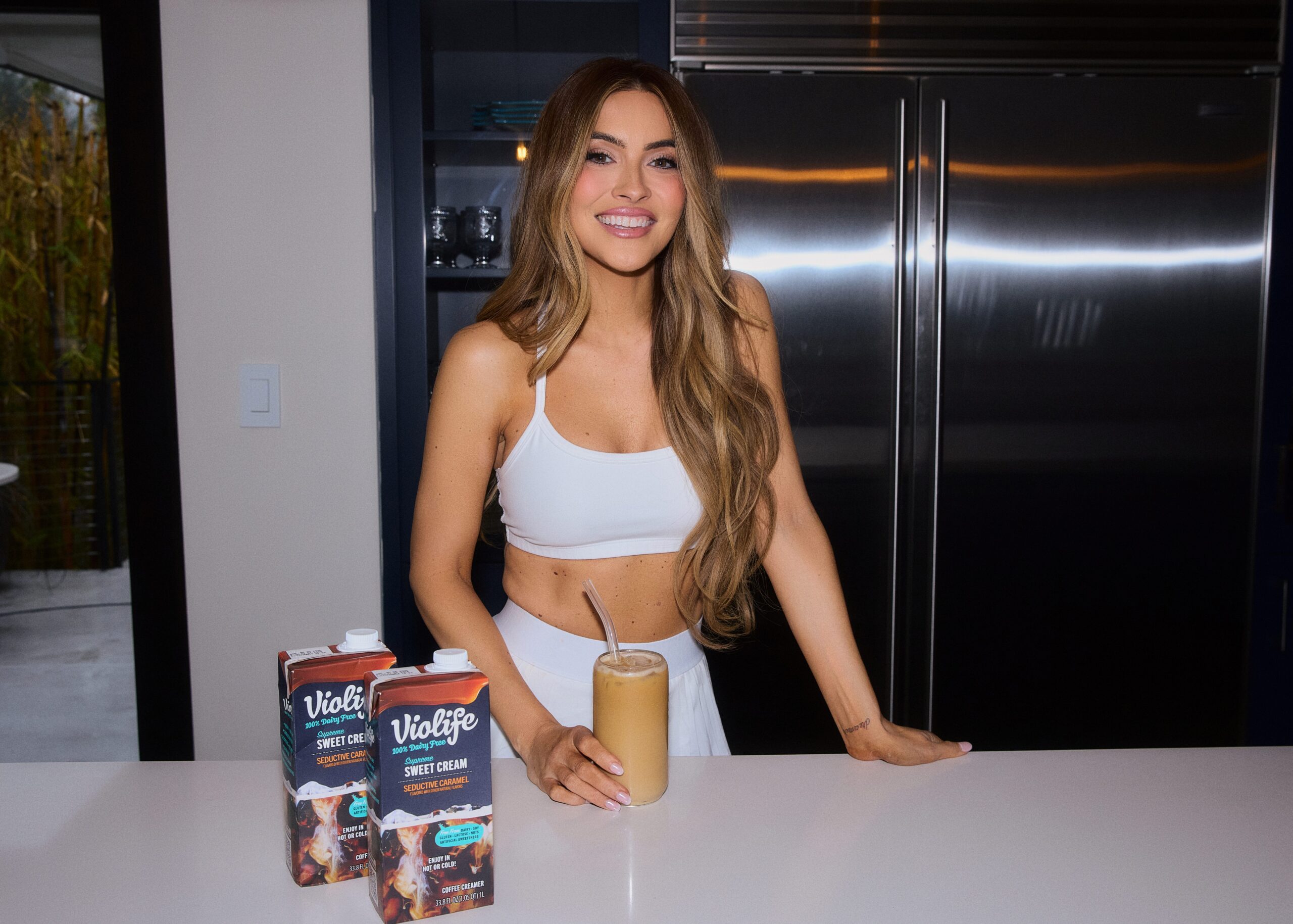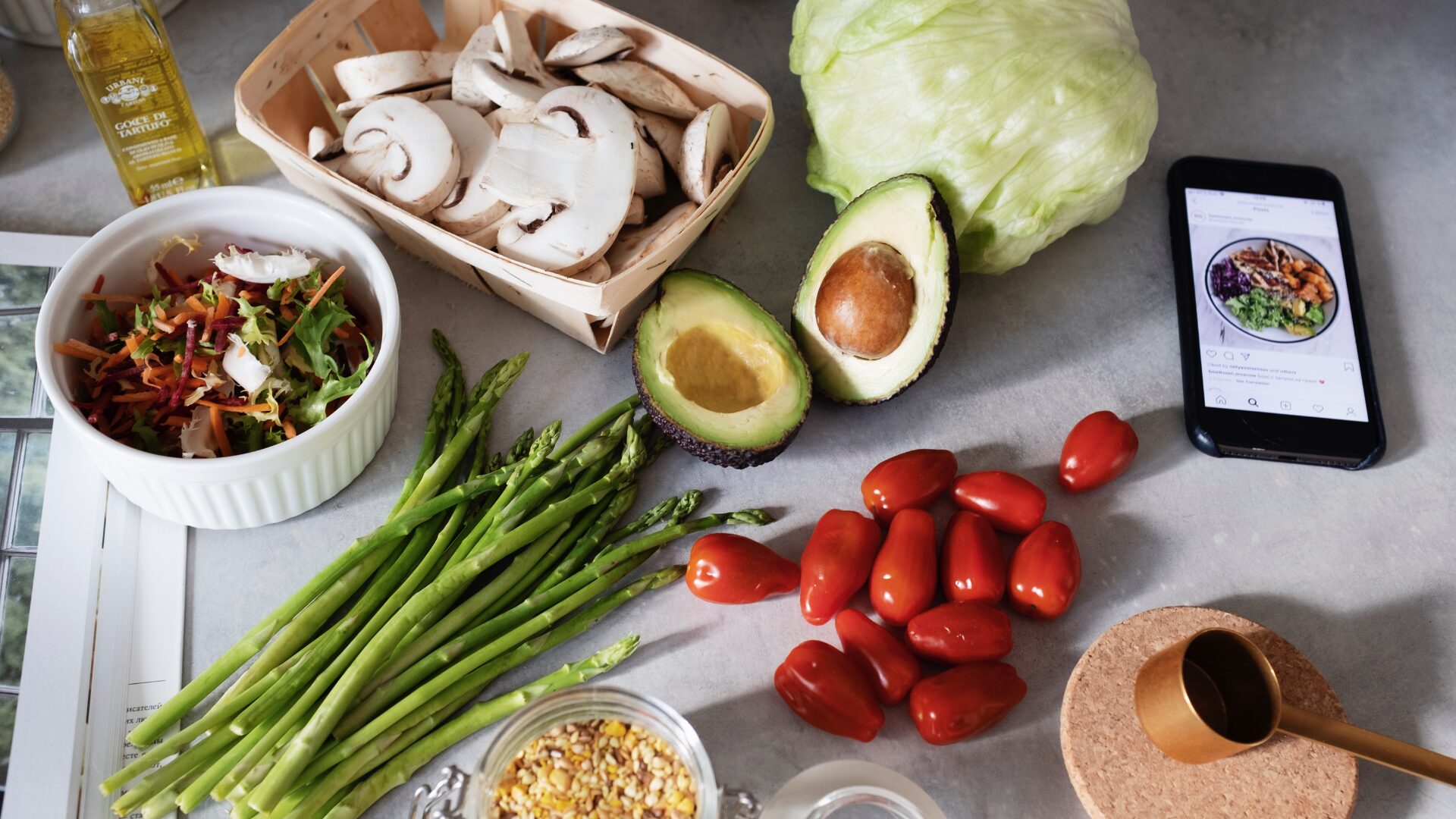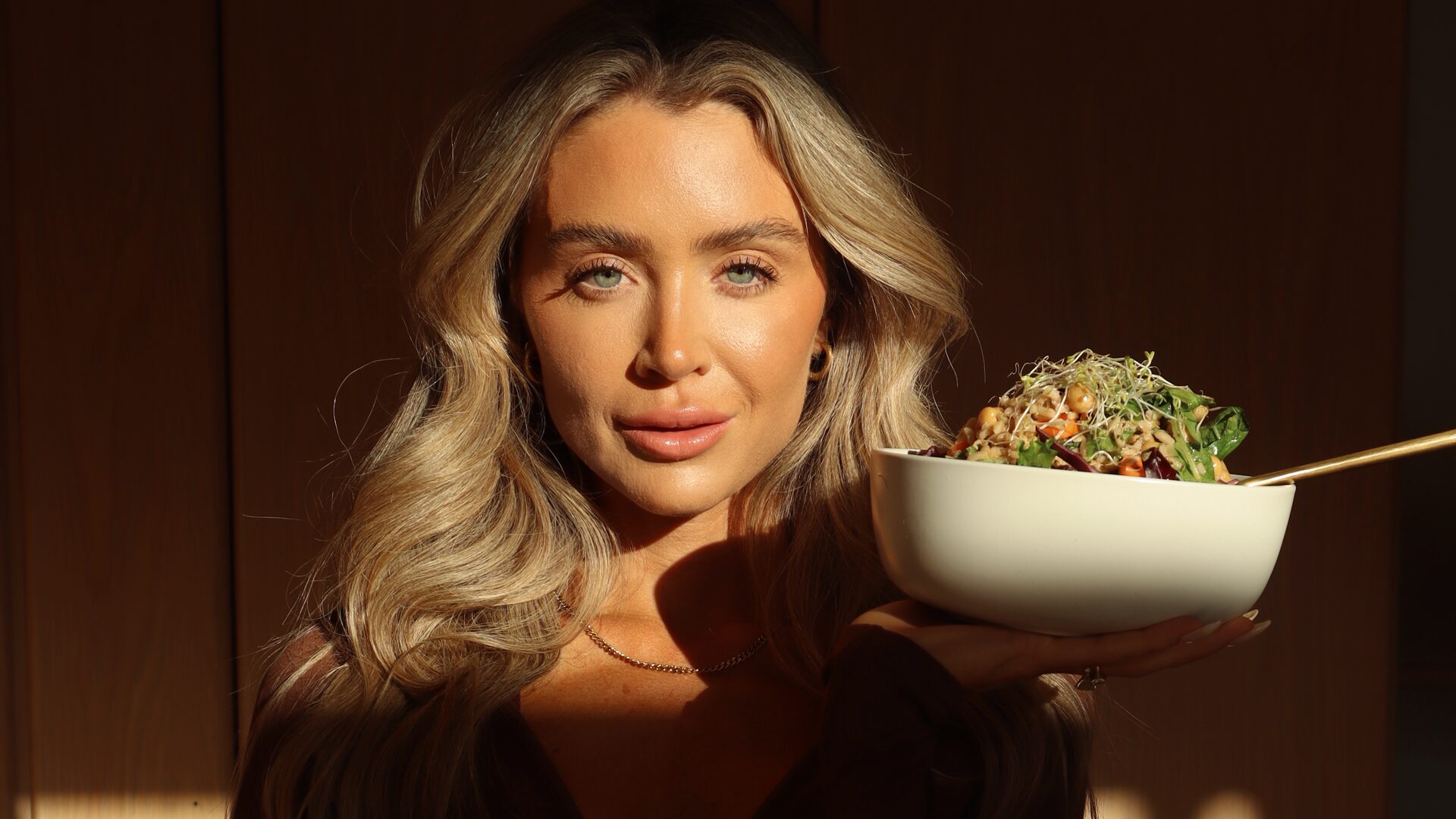Whether it’s educational content on an iPad, a movie during rest time, or a few minutes on their tablets before bed, it’s rare to see a Gen Alpha child that’s not exposed to at least some screen time each day.
Advertisers are paid to get people to buy their products, so they know what they’re doing when they put commercials on during cartoons. They know how to get children to associate their products – whether it’s food or toys – with their favorite shows and characters.
Children can become enthralled with certain products and convince their parents to buy the items for them; this is called “pester power.” When it comes to food, the phenomenon is especially difficult, because it can impact a child’s diet and lead to adverse health effects.
The Power of YouTube
Many people believe that YouTube is a safe platform, as it’s illegal for the platform to advertise food to its general audience. However, there are ways to get around that.
According to a recent article by FoodNavigator USA, three-quarters of young children see branded food content on YouTube and most of it flies under the radar by putting food within videos. While paid food advertisements are not allowed as ads before or after the main video, there are no restrictions for endorsements and branding within videos on YouTube.
Cindy Marie Jenkins, founder of Out Think Media, says that YouTube can be even more dangerous with its marketing than commercials because it’s more immersive. For example, if a child’s favorite character or influencer is eating a certain food in a video, chances are that child will also want that food. Jenkins says that if a child watches a certain YouTuber regularly, for example, they may develop parasocial relationships with them.
Gen Alpha trusts YouTubers more than Hollywood celebrities in TV ads, because influencers feel more like friends.
Avoiding Negative Effects and Pester Power
Jenkins encourages parents to have an open dialogue with their kids about advertising in general, and to ask questions and listen more than you talk.
The expert also feels that parents need to explain that influencers are paid to sell to you. Parents should ask their children whether or not they’ve ever thought about purchasing that product before seeing it on YouTube.
Next time your child is watching YouTube, take a moment to look at what the people in the video are eating and take note. If it’s healthy food, it may not be a bad thing. After all, we could all use some assistance when it comes to getting our kids to eat vegetables.
However, many of the foods in YouTube videos aren’t nutritious, and the long-term effects of being exposed to these foods, however subtly, can be quite detrimental.





